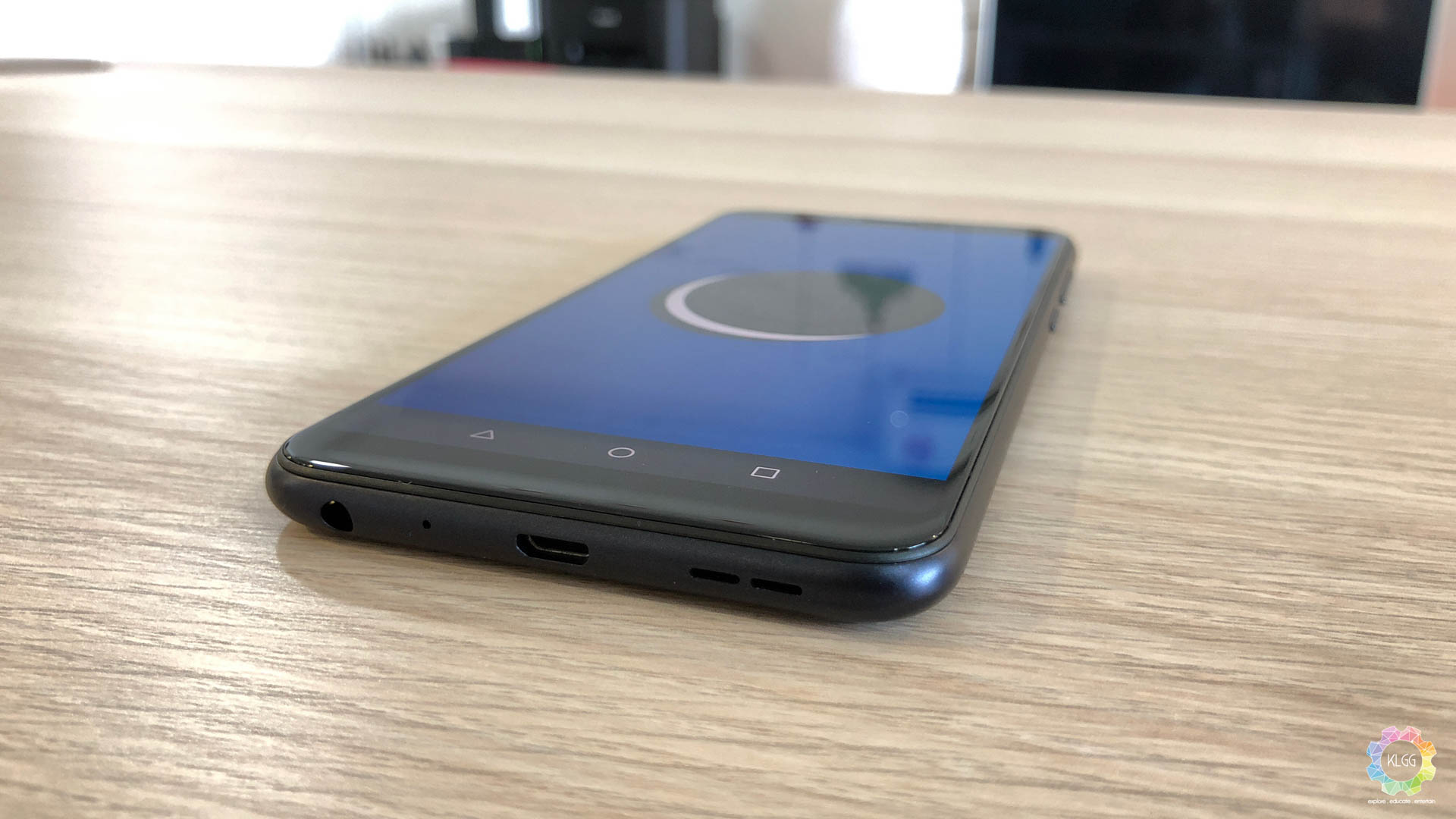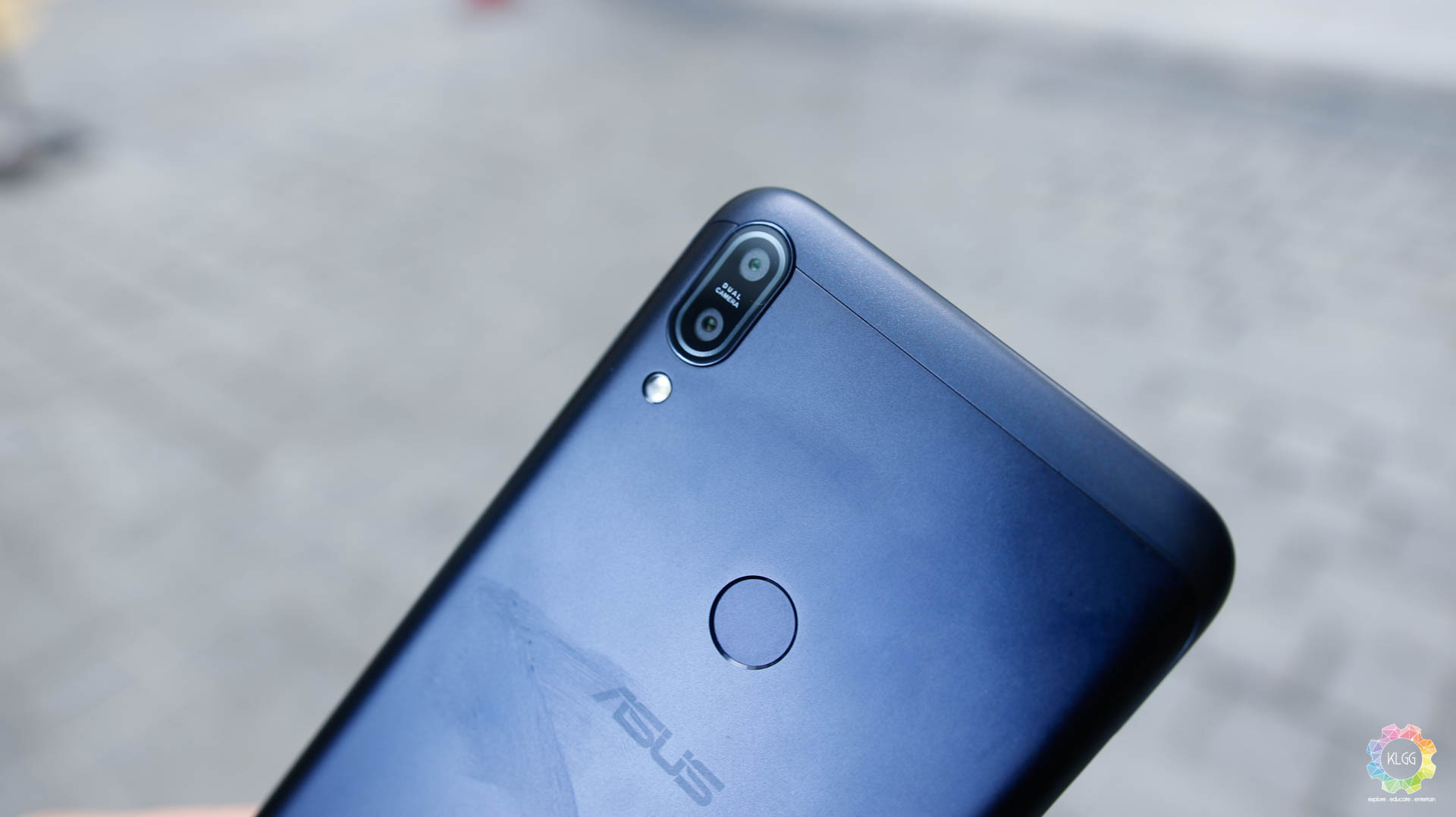A pure Android experience has proven to be successful on a number of smartphones, and ASUS is now beginning to explore that market with one killer mid-range smartphone, the ZenFone Max Pro M1 is what the company calls it a gaming phone that doesn’t break the bank, it runs Pure Android Oreo 8.1 and has got a powerful Snapdragon 636 processor and a 5000mAh battery inside, but is this a deal that’s too good to be true? Time to find out.
 Like the previous ZenFone Max Plus M1, the ZenFone Max Pro M1 came in as a surprise announcement from the company, not only this is a really good looking phone, it packs a number of features that makes it a serious contender to Xiaomi’s Redmi Note 5. Unlike the other ZenFone Max models we have come across, the ZenFone Max Pro M1 features a really solid build with a metal body, it sports a 6-inch 18:9 FHD+ display with thankfully no disturbing notch, it isn’t the brightest display I’ve seen but it produces decent color saturation and contrast, which is generally decent enough for watching movies.
Like the previous ZenFone Max Plus M1, the ZenFone Max Pro M1 came in as a surprise announcement from the company, not only this is a really good looking phone, it packs a number of features that makes it a serious contender to Xiaomi’s Redmi Note 5. Unlike the other ZenFone Max models we have come across, the ZenFone Max Pro M1 features a really solid build with a metal body, it sports a 6-inch 18:9 FHD+ display with thankfully no disturbing notch, it isn’t the brightest display I’ve seen but it produces decent color saturation and contrast, which is generally decent enough for watching movies.
The ZenFone Max Pro M1 also features a mono loudspeaker which the company calls it a five magnet speaker with a smart amplifier, it sounds pretty loud when maxed out but gets distorted really bad when playing music with lots of instruments playing at the same time, headphone audio is unfortunately disappointing with flat frequencies and there’s no built-in audio software to help improve that. The rear fingerprint scanner is also a hit and miss, it works well when you are on your lock screen but requires a little pressure to be applied if you want wake up your phone, alternatively you can use your face to unlock the phone, but it is sadly not reliable.
For the first time, ASUS hasn’t installed the ZenUI skin on top of Android, even though the ZenFone Max Pro M1 isn’t on board the Android One program, ASUS has promised to deliver the latest Android software and security patches as soon as they are made available. The ZenFone Max Pro M1 performs reasonably fast during my review, even though with no custom skin running on top, there is still occasional lags in the user experience which can be attributed to the 3GB RAM I have on my unit, but otherwise there were no app compatibility issues and force closes. If you are thinking to buy the Zenfone Max Pro M1 to game with the hope of cranking up graphics quality and hoping for smooth frame rates, you are going to need to lower your expectations on that, as the phone’s GPU isn’t as powerful as the Snapdragon 800 series chip, I have to set the graphics quality to low on PUBG Mobile in order to achieve playable frame rates, you can go up to medium but I can assure you that you are not going to be able to shoot your enemies properly with that inconsistent frame rate. The good news here, is that the phone doesn’t heat up terribly like when gaming for extended durations, and that 5000mAh battery holds up very well after numerous sessions of game play.
[fshow url=https://flic.kr/s/aHskC7BddA]
The camera department is where ASUS tends to cut corners a little to make this phone affordable, but by all means it doesn’t have terrible cameras, my review unit comes equipped with a 13MP f/2.2 main sensor supported by a secondary 5MP sensor for measuring depth information, the phone also uses a Snapdragon Camera app that is less capable than the ASUS camera app, which I totally don’t see the point of not using the latter as it isn’t going to affect the phone’s performance. But overall, image quality is acceptable in good lighting conditions with good detail and dynamic range, though it tends to get the wrong exposure at times. Like most mid-range phone cameras, it doesn’t do well with low light, as it tends to get the wrong focus and causes soft spots in the frame. As for the front camera, it is sufficient for casual selfies.
 The ZenFone Max Pro M1’s battery life is impressive as what ASUS claims to be, it could easily hold up two days of charge when used moderately, I streamed 4 hours of Netflix over 4G and the battery percentage merely dropped 30% in my tests. However, what’s disappointing here is that ASUS doesn’t include Qualcomm’s Quick Charge to make things even better, so it is going to take around 2 hours to juice up the phone if you totally exhaust the battery. All thanks to the new LTE modem of the Snapdragon 636 SoC, the ZenFone Max Pro M1 supports dual 4G standby when two SIM cards are used, VoLTE is not supported at the moment, but there’s no need to worry about voice call quality made over the phone.
The ZenFone Max Pro M1’s battery life is impressive as what ASUS claims to be, it could easily hold up two days of charge when used moderately, I streamed 4 hours of Netflix over 4G and the battery percentage merely dropped 30% in my tests. However, what’s disappointing here is that ASUS doesn’t include Qualcomm’s Quick Charge to make things even better, so it is going to take around 2 hours to juice up the phone if you totally exhaust the battery. All thanks to the new LTE modem of the Snapdragon 636 SoC, the ZenFone Max Pro M1 supports dual 4G standby when two SIM cards are used, VoLTE is not supported at the moment, but there’s no need to worry about voice call quality made over the phone.
 In a nutshell, the ZenFone Max Pro M1 delivers its purpose as a powerful mid-range phone with a insane battery life, its hard to find any fault with it apart from some minor performance issues and the camera’s image quality, which isn’t a deal breaker considering what ASUS has offered on the table. The ZenFone Max Pro M1 goes official on May 31st 2018 with an expect retail price of RM699, there is however a 6GB RAM model being mentioned to us during the briefing, which will obviously perform much better than my current review unit with a better main camera system, ASUS is definitely giving Xiaomi’s Redmi Note 5 a run for its money for what it has done on this phone, especially if you prefer a clean Android experience and want to have that insane battery life.
In a nutshell, the ZenFone Max Pro M1 delivers its purpose as a powerful mid-range phone with a insane battery life, its hard to find any fault with it apart from some minor performance issues and the camera’s image quality, which isn’t a deal breaker considering what ASUS has offered on the table. The ZenFone Max Pro M1 goes official on May 31st 2018 with an expect retail price of RM699, there is however a 6GB RAM model being mentioned to us during the briefing, which will obviously perform much better than my current review unit with a better main camera system, ASUS is definitely giving Xiaomi’s Redmi Note 5 a run for its money for what it has done on this phone, especially if you prefer a clean Android experience and want to have that insane battery life.
The Good
- Most affordable Snapdragon 636 powered device
- Unrivaled battery life
- Pure Android
- Dual 4G standby
The Not so Good
- Distorted loudspeakers
- Poor headphone audio quality
- Average camera
- Fingerprint scanner not responsive


